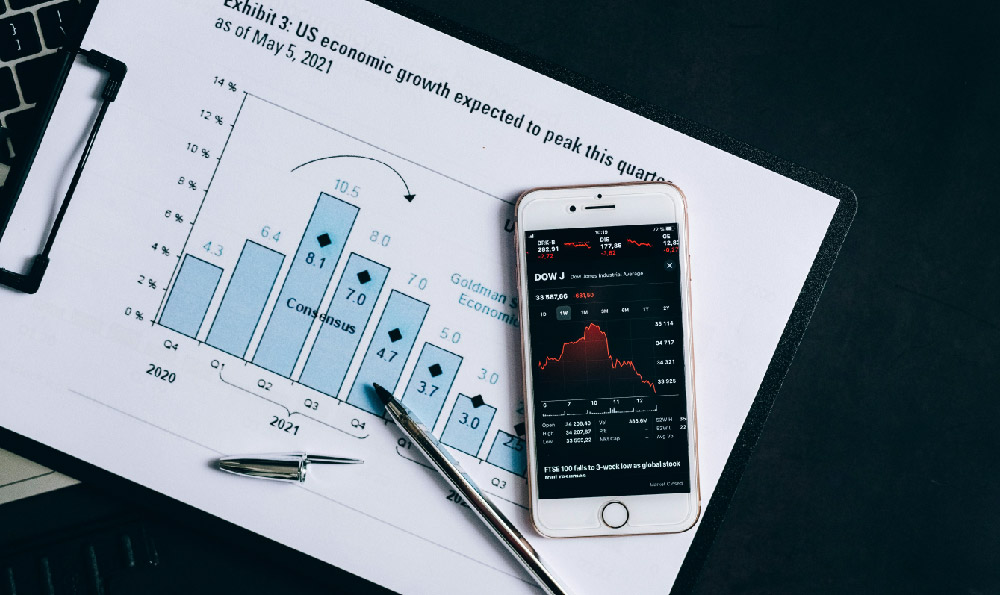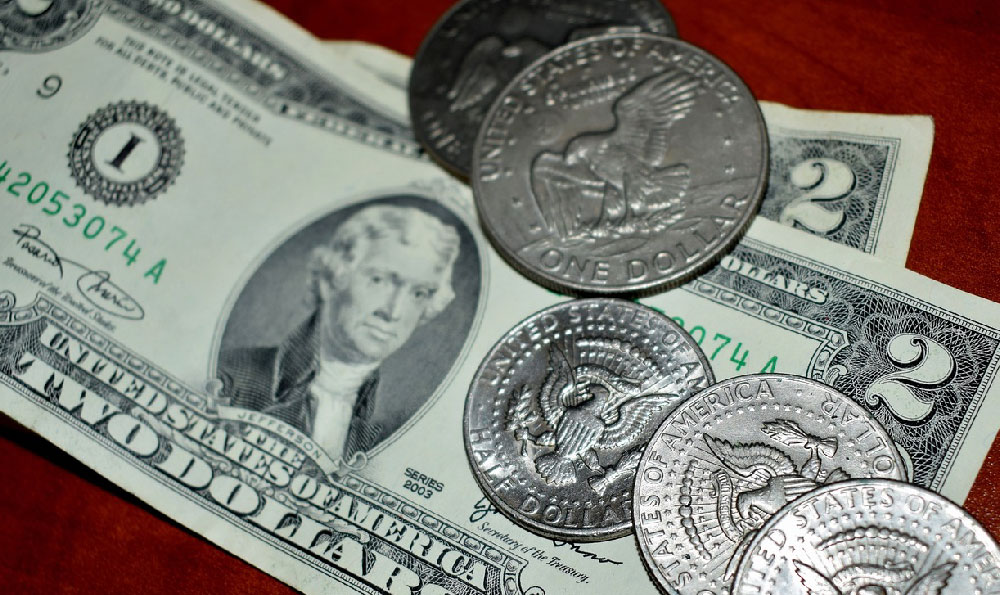How Does Cash App Make Money, and What Are Its Revenue Streams?

Cash App, the popular mobile payment service developed by Block, Inc. (formerly Square, Inc.), has revolutionized the way people send, receive, and manage money. Its user-friendly interface and a suite of integrated features have contributed to its rapid adoption, particularly among younger demographics. But behind the sleek interface lies a complex business model that generates significant revenue for its parent company. Understanding how Cash App makes money and the various revenue streams it leverages is crucial for anyone interested in the fintech industry or considering using the app for financial transactions.
The primary, and arguably most significant, revenue stream for Cash App is transaction fees. When users send money to each other using a linked debit card, Cash App charges a small fee, typically around 3%. This seemingly small percentage can add up considerably given the sheer volume of transactions processed daily through the platform. The convenience and immediacy of peer-to-peer transfers have made this a lucrative source of income. Users are willing to pay this small fee for the ease of splitting bills, sending gifts, or paying for services rendered. Crucially, sending money from a Cash App balance or linked bank account is generally free, incentivizing users to keep funds within the Cash App ecosystem.
Beyond standard peer-to-peer transactions, Cash App also generates revenue through its Instant Deposit feature. While standard deposits to linked bank accounts are free and typically take one to three business days, users can opt for an instant deposit for a fee of 1.5% of the transfer amount (with a minimum fee). This caters to users who need immediate access to their funds and are willing to pay a premium for the expedited service. This feature is particularly popular among freelancers and those who rely on quick access to their earnings. The need for speed and the perceived value of instant access allows Cash App to generate a substantial revenue stream from this premium service.

Another significant revenue stream for Cash App comes from the Cash Card, a customizable debit card linked directly to a user's Cash App balance. While the Cash Card itself is free to obtain, Cash App earns interchange fees every time the card is used for purchases. Interchange fees are charged by the payment network (Visa or Mastercard) to merchants for processing card transactions. A portion of these fees is then passed on to Cash App, providing a consistent stream of revenue as users increasingly rely on the Cash Card for everyday purchases. The Cash Card also acts as a powerful tool for customer acquisition and retention, as it encourages users to maintain a Cash App balance and actively use the platform. Furthermore, Cash App often partners with retailers to offer "Boosts," which are instant discounts on purchases made with the Cash Card at participating merchants. These Boosts, while benefiting users, also incentivize the use of the Cash Card, further driving interchange fee revenue.
Investment services offered through Cash App provide another avenue for revenue generation. Users can buy and sell fractional shares of stocks and ETFs directly within the app. Cash App earns revenue from these transactions through a variety of mechanisms. While they often advertise commission-free trading, they can still earn revenue through payment for order flow (PFOF), where market makers pay Cash App for routing orders to them. This allows market makers to execute trades and potentially profit from the bid-ask spread. While this practice is controversial and under regulatory scrutiny, it currently provides a significant revenue stream for many brokerage platforms, including Cash App. Furthermore, Cash App may also earn revenue from lending out shares held by its users, a practice known as securities lending. While not always explicitly disclosed, this can be another source of income derived from its investment services.
In addition to stock trading, Cash App also offers Bitcoin trading. Cash App allows users to buy, sell, and hold Bitcoin directly through the app. Cash App charges a fee for these Bitcoin transactions, typically a spread between the purchase price and the sale price. This spread can vary depending on market conditions and the size of the transaction. The popularity of Bitcoin, particularly among younger demographics, has made this a significant revenue generator for Cash App. While the cryptocurrency market is volatile, the high transaction volumes allow Cash App to generate substantial fees. The accessibility and ease of use of Bitcoin trading within the Cash App platform has further fueled its popularity and contribution to the company's revenue.
Finally, Cash App also generates revenue through its business account features. Businesses can use Cash App to accept payments from customers. While standard peer-to-peer transactions are intended for personal use, Cash App offers business accounts with associated fees for accepting payments. These fees are typically higher than the fees charged for personal transactions, reflecting the increased risk and compliance requirements associated with commercial transactions. The ease of setting up a business account and accepting payments directly through Cash App has made it a popular option for small businesses and freelancers, contributing to a steady stream of revenue for the platform.
In conclusion, Cash App’s revenue model is multifaceted and relies on a combination of transaction fees, premium services, investment offerings, and business account features. The platform’s success stems from its ability to provide a convenient and accessible financial solution for a wide range of users. By understanding these diverse revenue streams, one can gain a deeper appreciation for the financial innovation driving the growth of Cash App and the fintech industry as a whole. The ability to generate revenue from seemingly small fees across a vast user base is a testament to the power of scale in the digital age. As Cash App continues to evolve and introduce new features, it will likely explore even more innovative ways to monetize its platform and maintain its position as a leading mobile payment service.















